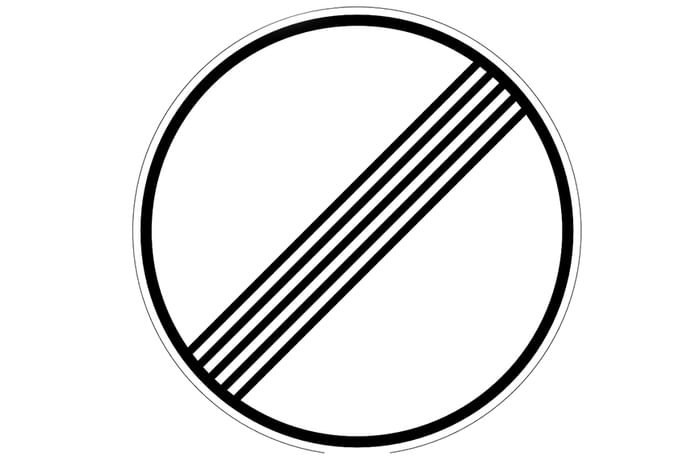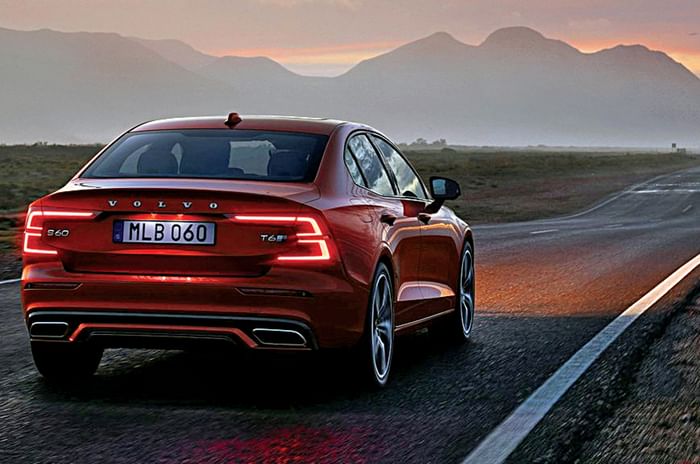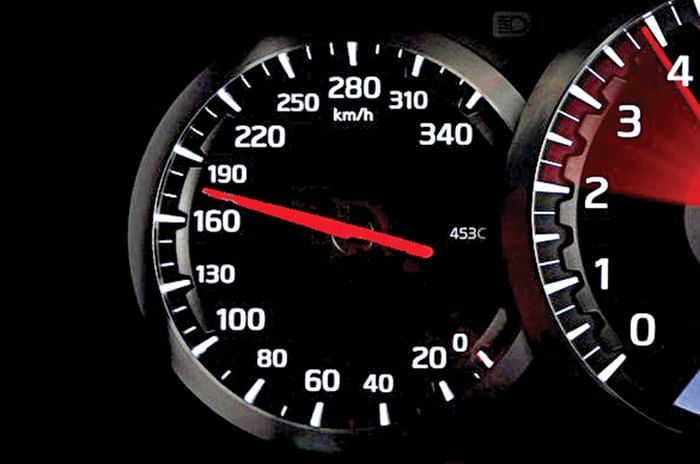A quick dive into the spec sheets of most mainstream German cars will reveal a distinct similarity. An electronically limited top speed of 250kph. Be it a midrange Mercedes-Benz C-class or a full-fledged BMW M car, they all seem to come equipped with the same electronic speed muzzle. Upon initial viewing, it may seem like an attempt to minimise carbon emissions and while that was a factor, the limit’s formation and history is more complex.
In the late 1970s, the European Union was attempting to reduce vehicular C02 outputs. Having emerged as a dominant force in automotive manufacturing and with many of its companies producing high-performance vehicles such as the Mercedes 450 SL and BMW M1, Germany was the subject of much of the EU’s attention. In addition to its automotive industry, the countries’ autobahn network was also a major talking point as the possible environmental impacts of a derestricted national highway network were extensively assessed.
While the possibility of environmental degradation was soon debunked (derestricted autobahns only made up around 2 percent of Germany’s roadways at the time), safety was still a major concern. 19,993 people were killed in road accidents in 1970 alone and, to try and bring those numbers down, a potential 120kph speed limit was proposed. Said proposal was quickly rejected by the then transport minister, who, despite favouring a reduction in carbon emissions and an increase in road safety, believed that a nationwide speed limit would go against the principles of the road.
Nevertheless, to prevent the possible introduction of a nationwide speed limit in the future, Germany’s three automotive powerhouses, Audi, Mercedes and BMW, formed a gentleman’s agreement. The decision was made to cap most of their mainstream models at 250kph in order to minimise C02 outputs, maximise safety and ensure that speeds on the nation’s autobahns would not get out of hand. The speed cap, along with other safety measures introduced over the years, had the desired effect. Between 1980 and 2018, the number of people killed in road accidents fell from 13,041 to 3,275. At the time of writing this piece, 70 percent of Germany’s 12,900km of autobahn are without speed limits.
While the agreement has been largely adhered to (as far as mainstream models are concerned), Audi, BMW and Mercedes, all produce limitedrun performance cars that do not abide by this restriction. Two prominent examples are the Mercedes-AMG GT and the Audi R8 V10, both of which come as standard with top speeds in excess of 300kph.
What’s more, as competition between the three manufactures grows ever fiercer and as performance divisions like AMG and M turn their attention to seemingly anything, buyers can now choose from a multitude of performance variants of existing mainstream models. Many of which come with top speeds that can be raised for a premium. An additional Rs 26 lakh over the ‘standard’ last-gen Audi RS7 yielded the Performance Pack, complete with a 305kph top speed. A standard Mercedes E63 AMG S hits the electronic buffers at 250kph. Go for the AMG Driver’s Package and that figure climbs to 300kph.
The initial rationale behind this development was for Mercedes, Audi and BMW to keep level with one another in terms of outright performance, without jeopardising the safety of their buyers. The substantial upcharge meant that the number of drivers on the road who could realistically exceed that 250kph limit was kept under control.
Yes, mechanics capable of deactivating the speed limiter on just about any vehicle tend to be little more than a Google search away, but the time, effort and expense required to complete such a task is likely to be a deterrent. Furthermore, I think it’s safe to say that Mercedes C 300d buyers desperate to remove that electronic buffer are few and far between.
The 250kph gentleman’s agreement has been around for over 40 years. While its environmental impacts are questionable, there’s little doubt that it has played in integral part in improving road safety in Germany, while preserving the derestricted autobahn, one of the most unique aspects of the automotive world. For how much longer will the limit be officially recognised? We’ll just have to wait and see.
Speeding ban on the autobahn

Germany’s autobahn comes up in the news every couple of years with several campaigns staged to impose speed restrictions. The most recent effort was mounted by the country’s Green Party, who proposed a blanket 130kph speed limit across the entire road network, citing environmental concerns and road safety as contributing factors. However, a 2019 vote saw the motion rejected, with doubters claiming that Germany’s accident rate had been falling drastically and that adding a speed limit would not have a major impact on the country’s carbon footprint.
Volvo dials it down

The 250kph limit might be gradually becoming a thing of the past, but that hasn’t stopped Volvo from introducing a self-imposed restriction. From May 2020, all of the Swedish marques models will be electronically limited to 180kph. According to Volvo, this new limit “goes beyond regulation and legislation” and is part of the company’s efforts “to help close the remaining gap to zero serious injuries and fatalities in traffic.” Additionally, Volvo will be providing customers with a ‘Care Key’, a device capable of applying even lower speed limits to suit the driver’s needs.
180 and not counting

Japan had its own gentleman’s agreement, something JDM (Japan domestic market) fans might be familiar with. In the 1980s and ’90s, Japan’s carmakers agreed to a horsepower cap of 280hp, something done away with in 2004. However, the second component of the agreement, a 180kph speed limit, holds to this day. For the record, the highest speed limit on Japan’s public roads is 120kph.
Hamir Thapar









.jpg?w=728&q=75)



















